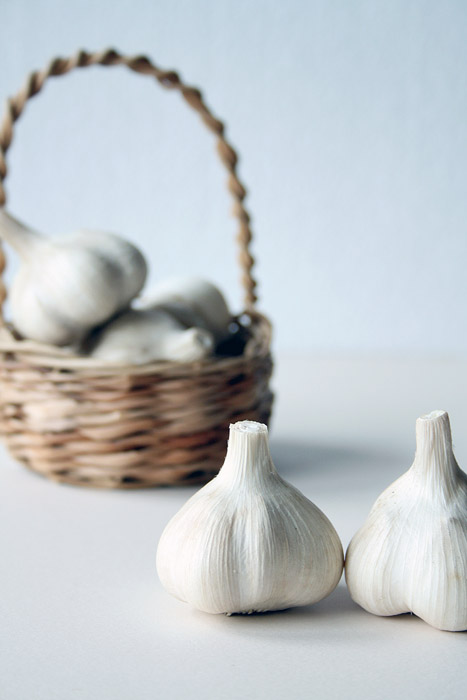Abstract
Looking at vegetable production in Japanese agriculture, data from 2022 shows that the most produced domestic vegetable is onion, reaching 548kt. On the other hand, onions were the largest imported vegetable at 16.6kt, but the proportion was very low compared to domestic production. The most common imported vegetable is garlic, accounting for 43.4%. This data shows that domestically produced vegetables are the norm in Japanese agriculture, with onion production in particular thriving, while some vegetables, such as garlic, are imported to a large extent.
Domestic production quantity of vegetables under the earth
Looking at data from 2004 to 2022, domestic production of earthen vegetables in Japanese agriculture has fluctuated. Of particular note was the peak onion production recorded in 2008, which achieved a record figure of 896kt. However, since then, domestic onion production has fallen to 61.1% of its peak level. This trend indicates that onion production has peaked and is now declining. This could be due to a number of factors including changes in demand, agricultural policies and the impact of climatic conditions. Similarly, for other earthen vegetables, production volumes have fluctuated over time, suggesting that production is adjusted according to demand and market conditions.


The maximum is 896kt[2008] of Onion, and the current value is about 61.1%
Quantity of vegetables under the earth imported
Looking at data by prefecture for Japan’s agricultural vegetable import market in 2022, the largest overall item was onions at 96.7kt, which is the current maximum value. This data indicates that there is a large demand for vegetable imports in Japan’s agricultural market, especially for onions. The fact that onion imports are significantly higher than other vegetables suggests that foreign imports are important to meet domestic demand. This may occur when domestic production is not sufficient to meet demand, or when imports are chosen from the perspective of price competitiveness. Imports of other vegetables are also expected to be active, but with onions being the largest, it can be said that vegetables with particularly high demand are important in the import market.


The maximum is 96.7kt[2005] of Onion, and the current value is about 17.2%
Import (proportion) quantity of vegetables under the earth
Looking at data from 2004 to 2022, a noteworthy trend can be seen in the share of earthen vegetable imports in Japan’s agriculture. Of particular interest is the peak import share of garlic recorded in 2005, which stood at a high of 69.1%. However, since then, the import share of garlic has decreased to 62.8% compared to its peak. This trend shows that the import share of garlic has peaked and is now declining. This is thought to be due to factors such as increased domestic production, tighter import restrictions, or changes in demand. There are also similar fluctuations in the import ratios for other earthen vegetables, which may be influenced by market conditions and policy changes. Generally speaking, the import ratio for Japan’s agricultural sector shows different trends for each vegetable, and it is understood that trends change according to changes in demand and supply.


The maximum is 69.1%[2005] of Garlic, and the current value is about 62.8%



Comments